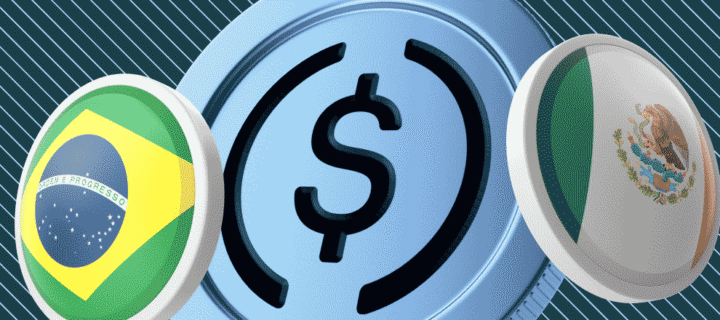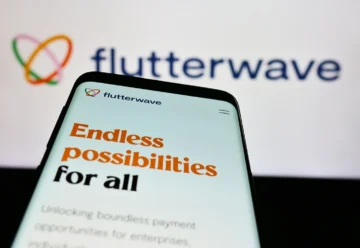USDC Integrated with National Payment Systems in Brazil and Mexico

Companies in Brazil and Mexico will be able to access the USDC stablecoin directly through local financial institutions due to its integration with national payment systems. The initiative aims to simplify and speed up international USDC transfers.
Circle announced the integration of the USDC stablecoin with two national payment systems, PIX in Brazil and SPEI in Mexico. The initiative is designed to significantly reduce the time it takes to access funds and streamline the exchange of local fiat currencies into U.S. dollars.
Brazilian and Mexican companies can now easily and quickly convert reais (BRL) or pesos (MXN) into USDC directly via local financial institutions. This eliminates the need to convert local fiat currencies to USDC in order to purchase the stablecoin. This approach will optimize financial transactions, as transferring funds to a foreign bank for exchange typically takes about a day.
The integration of USDC into the payment systems of Mexico and Brazil is intended to increase the countries’ participation in cross-border transactions. According to the Office of the U.S. Trade Representative, remittances from the U.S. to Mexico totaled $63 billion in 2023, representing 4% of Mexico’s GDP. In turn, Brazil and the U.S. engage in $120 billion in direct trade annually. Brazilian companies annually transfer the national currency into U.S. dollars in the amount of about $608 billion for trade operations outside the country.
Circle is preparing for an IPO in the U.S., received a license to operate in the EU under MiCA, and is actively expanding the availability of USDC within various blockchains. For example, the imminent launch of the stablecoin on the Sui L1 blockchain was announced to expand USDC support to 15 networks.
In addition, a recent study indicates that in 2024, the popularity of stablecoins goes beyond the crypto market — they’re actively used for international transfers, trade, and settlements in developing countries. At the same time, the stablecoin market cap is also growing, reaching $164 billion in July 2024.











